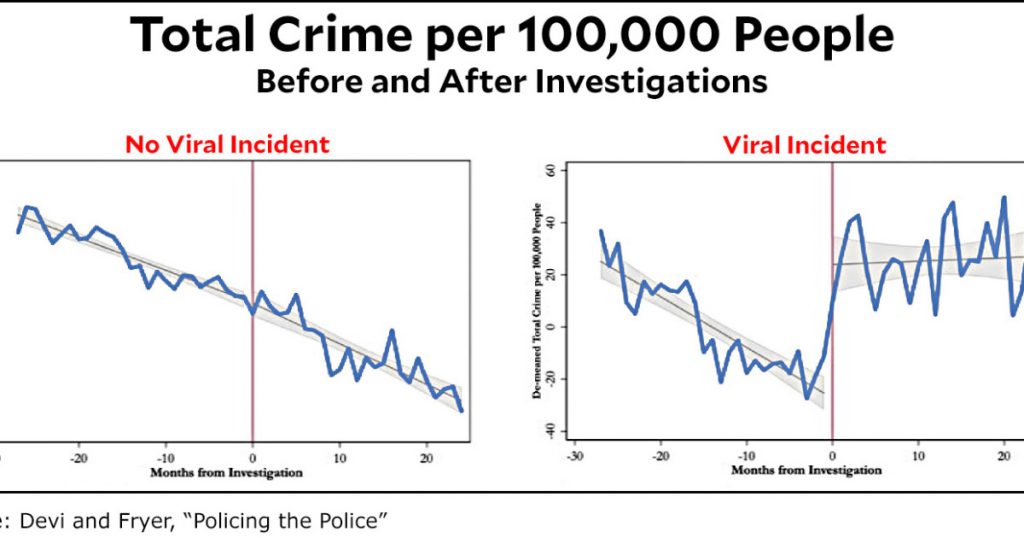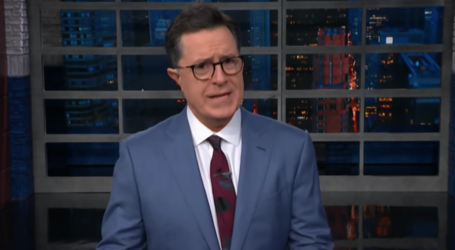Here’s How Police React to Being Investigated
Tanaya Devi and Roland Fryer have a paper out today that looks at the impact of “Pattern or Practice” investigations of police departments. In a nutshell, what they find is that ordinary investigations have a generally positive effect, leading to fewer homicides and reduced crime in the surrounding community. However, investigations that were spurred by a “viral incident” had just the opposite effect, leading to a large increase in both homicides and crime in general:
Why the difference?
The leading theory for why some investigations have led to an increase in crimes is a striking decrease in the quantity of police activity — which is evident in all cities we were able to collect data. All other theories considered contradict the data in important ways, though lack of complete data makes definitive conclusions elusive.
In other words: police forces act like small children when investigations are performed after highly publicized protests against police brutality. They stop patrolling, they instigate “blue flus,” and they just generally throw hissy fits. The authors estimate that the cost of this juvenile behavior was nearly 900 lives lost in the five “viral” cities studied (Baltimore, Chicago, Cincinnati, Ferguson, and Riverside).




